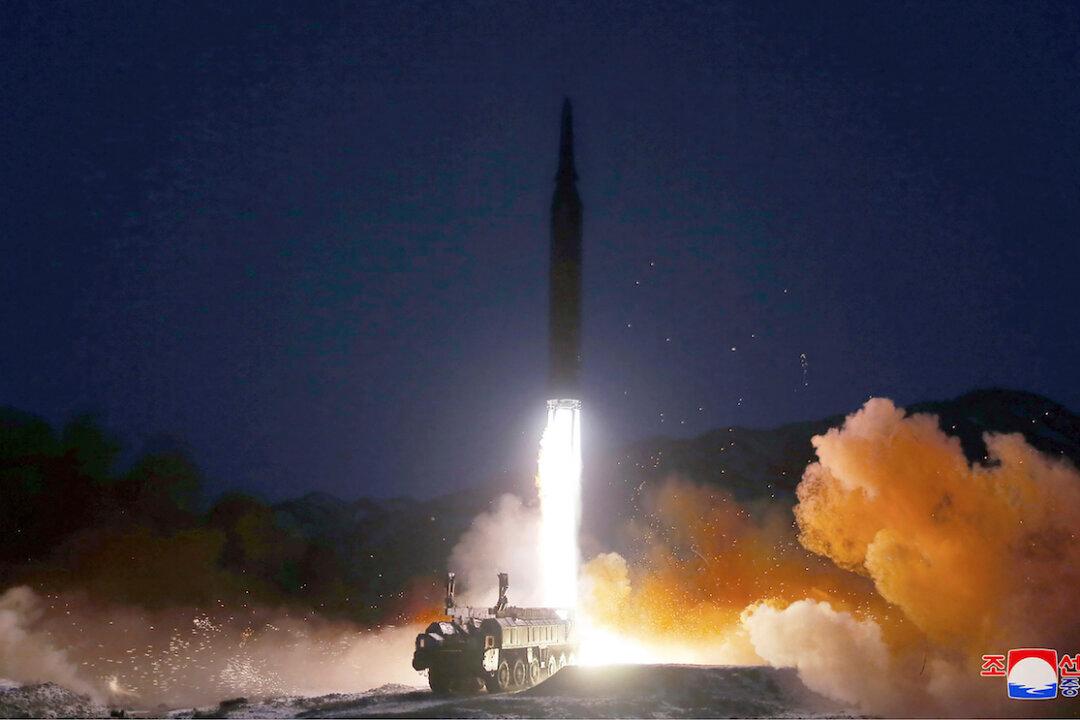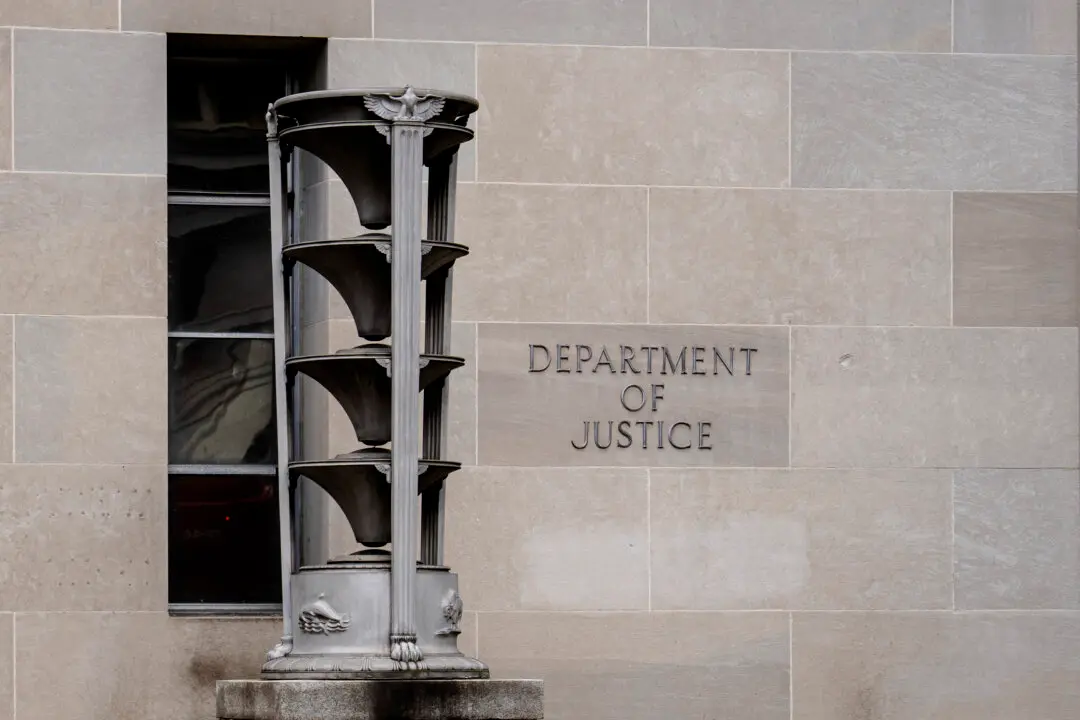North Korea’s state media on Tuesday claimed the country test-fired a hypersonic missile under the watch of its leader Kim Jong-un, which it described as having “superb maneuverability” and can “precisely” hit a target 1,000 kilometers (621 miles) away.
The “hypersonic gliding warhead” made a 600 kilometers (375 miles) “glide re-leap” and then a 240 kilometers (150 miles) maneuver before it hit the target in the sea 1,000 kilometers (621 miles) away, state media Korean Central News Agency (KCNA) reported.





